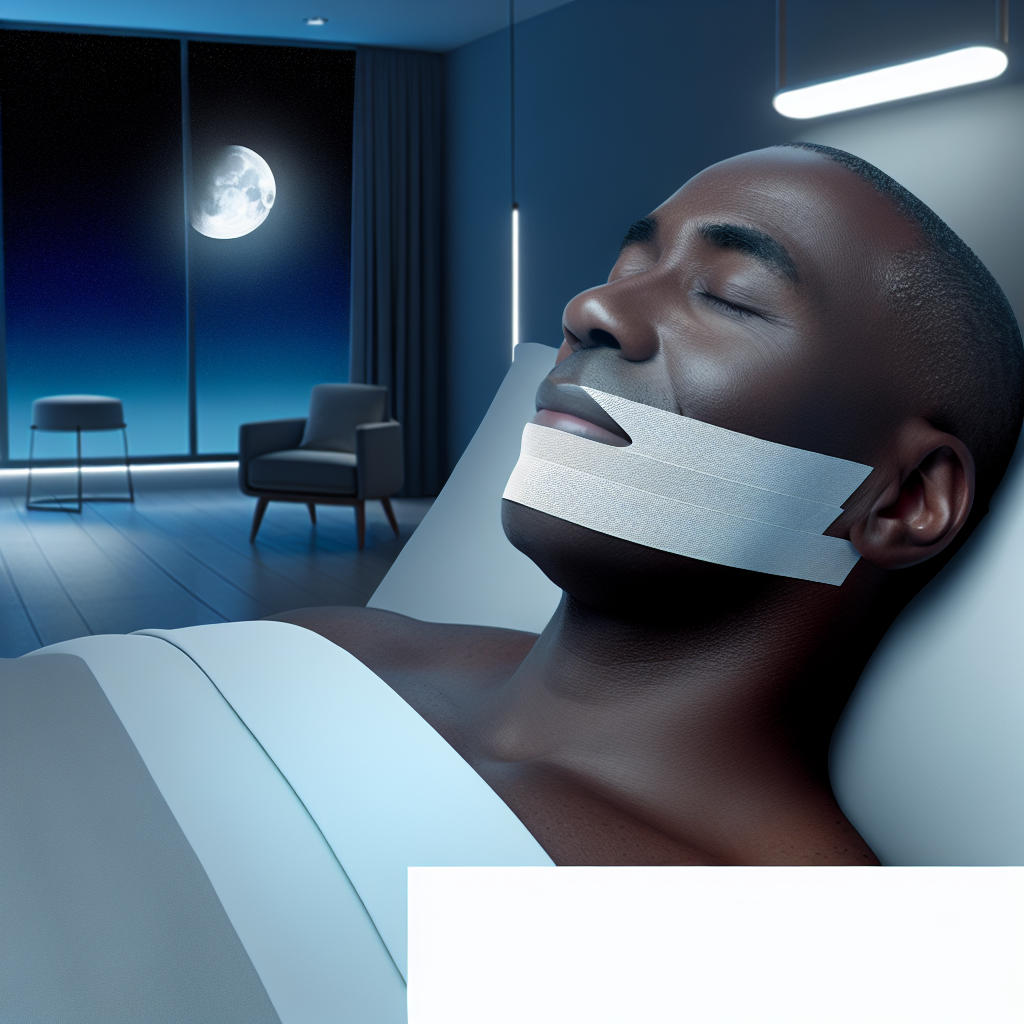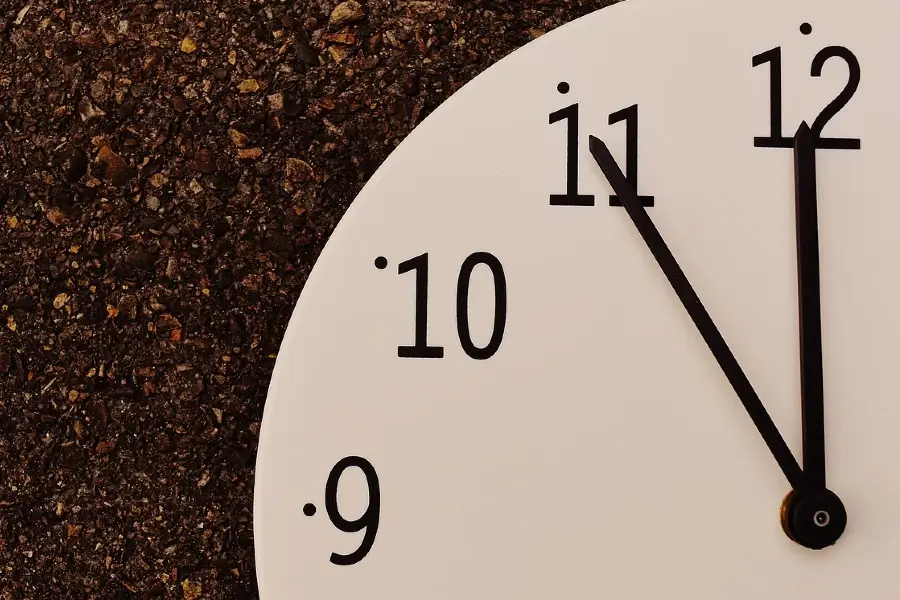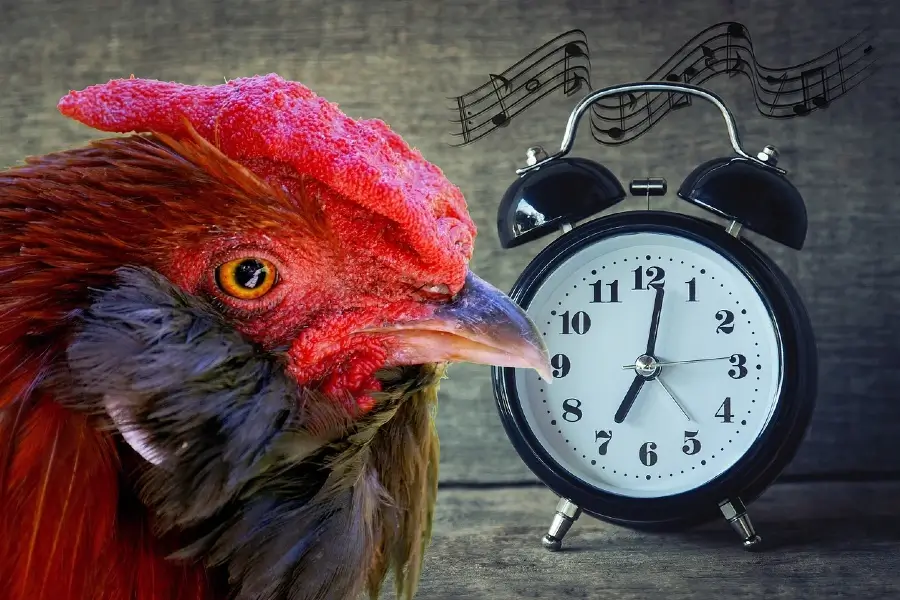# Mouth Taping for Sleep Apnea: Medical Evidence and Safety Guidelines
Discover whether mouth taping is a helpful tool or potential hazard in your journey to better sleep.
## What Is Mouth Taping and Why Is It Trending?
Sleep apnea, a condition affecting millions worldwide, can severely diminish sleep quality and overall health. It is characterized by repeated pauses in breathing during sleep, leading to fragmented rest, oxygen deprivation, and potential complications like heart disease, high blood pressure, and daytime fatigue.
As awareness of sleep disorders continues to grow, so too does interest in natural and non-invasive methods of improving nocturnal breathing. One such method that has recently garnered attention is mouth taping.
Mouth taping involves placing breathable medical tape over the lips before sleep to encourage nasal breathing. While the idea may seem unconventional, it’s grounded in the principle that nasal breathing is more efficient and beneficial than mouth breathing during rest. Proponents of this practice argue that mouth taping promotes better oxygen exchange, increased nitric oxide production, improved oral health, and fewer nighttime disruptions.
It has gained popularity among individuals seeking holistic alternatives to machinery like CPAP (Continuous Positive Airway Pressure), particularly for those with mild obstructive sleep apnea (OSA) or primary snorers. However, despite the social media buzz surrounding mouth taping, there remains considerable debate among medical professionals on its effectiveness and safety—especially for individuals with moderate to severe sleep apnea.
Improper use or application in people with unrecognized sleep disorders could exacerbate breathing problems. Thus, understanding the science, evidence, and safety guidelines surrounding this practice is essential for anyone considering it.
## What the Research Says: Medical Evidence Behind Mouth Taping
A growing number of sleep studies and clinical observations have investigated the implications of mouth breathing and the potential benefits of encouraging nasal respiration during sleep. Although mouth taping is still considered an emerging alternative intervention, some scholarly research points toward promising outcomes, especially for those with mild sleep apnea or primary snoring issues.
A pivotal 2015 study published in the journal Chest highlighted that nasal breathing significantly reduces snoring and the events associated with sleep apnea. Researchers found that nasal obstruction or habitual mouth breathing contributed to a higher incidence and severity of OSA. This is tied to the fact that nasal breathing reduces airway resistance and increases nitric oxide production, a key molecule that enhances oxygen delivery in the lungs.
Building on this foundation, a 2022 pilot study from the Journal of Clinical Sleep Medicine evaluated the effect of mouth taping in individuals with mild OSA. The results were promising: participants who used mouth tape experienced reduced snoring intensity and a noticeable improvement in their oxygen desaturation index (ODI). While the sample size was small and exploratory, the conclusions suggest that encouraging nasal breathing via gentle mouth closure could play a supportive role in improved sleep outcomes.
Another important review from the American Journal of Respiratory and Critical Care Medicine connected persistent mouth breathing to disrupted sleep cycles and long-term respiratory health issues. It emphasized the physiological importance of nasal breathing during sleep and cited mouth taping as one method worth exploring—provided the individual is screened for more serious conditions.
Despite these findings, the American Academy of Sleep Medicine (AASM) has not officially endorsed mouth taping due to limited large-scale randomized controlled trials. Sleep experts caution that interventions like mouth taping should be discussed with a certified sleep professional, especially to rule out central sleep apnea or severe OSA, where restricting mouth airflow could be dangerous.
Still, promoting nasal breathing is a well-regarded goal in the sleep medicine community. Tools such as nasal dilators, strips, and room humidifiers are among the recognized methods to assist this physiological shift safely.
## How to Use Mouth Taping Safely: Guidelines to Follow
If you’re considering mouth taping, it’s crucial to follow safety-first principles to avoid unintended health risks. Below are key safety guidelines you should keep in mind:
– ✅ Choose skin-safe, hypoallergenic medical tapes made specifically for facial use. Commercial products like Somnifix are designed for comfort and breathability.
– ✅ Consult a sleep physician beforehand to ensure your snoring or mild OSA isn’t a sign of a deeper issue like moderate to severe obstructive sleep apnea.
– ✅ Avoid use if you have existing nasal blockages, chronic allergies, or sinus issues, unless these are resolved with medical assistance.
– ✅ Start gradually—try short naps first to see how your body reacts.
– ✅ Watch for red flags such as difficulty breathing, feelings of panic, dizziness, or headaches upon waking. If any of these occur, discontinue immediately.
– 🚫 Never use non-medical tape such as duct tape, packing tape, or any strong adhesives on your face.
– 🚫 Mouth taping is not advised for children unless specifically prescribed by a pediatrician or child sleep specialist.
By following these steps, you may reduce snoring and promote nasal breathing without compromising safety.
## Final Thoughts: Is Mouth Taping Right for You?
Mouth taping has emerged as a popular and potentially beneficial method for improving sleep quality and promoting healthier nighttime breathing, largely by reinforcing nasal breathing patterns. While promising early studies suggest the method can help reduce snoring and improve oxygen levels for individuals with mild OSA, it’s important to recognize its boundaries.
It’s not a universal solution, and mouth taping should always be approached with care and medical oversight. Sleep apnea is a serious condition that may require formal diagnosis and treatment like CPAP therapy or oral appliances. If you’re curious about mouth taping, the best step forward is a conversation with a certified sleep expert who can guide you through safe, evidence-based strategies tailored to your unique needs.
At the intersection of natural alternatives and modern science lies the potential to transform your sleep. Just make sure you’re doing it the safe and smart way.
## Summary
Mouth taping has emerged as a popular natural remedy for improving sleep quality and promoting healthier nighttime breathing, primarily by encouraging nasal breathing over mouth breathing. While early studies suggest it can help reduce snoring and improve oxygen levels for those with mild sleep apnea, it’s important to approach the practice with caution and medical oversight. Sleep apnea is a serious condition that may require formal diagnosis and treatment, so it’s essential to consult a sleep specialist before trying mouth taping to ensure it’s a safe and appropriate option for your individual needs.
## References
1. [Chest Journal: Mouth Breathing and Its Effect on the Respiratory System](https://journal.chestnet.org/article/S0012-3692(15)00349-4/fulltext)
2. [Journal of Clinical Sleep Medicine: Pilot Study on Mouth Taping and Sleep Apnea](https://jcsm.aasm.org/doi/10.5664/jcsm.10370)
3. [American Journal of Respiratory and Critical Care Medicine: Nasal Breathing and Optimal Oxygen Exchange](https://www.atsjournals.org/doi/full/10.1164/rccm.201909-1894OC)
4. [American Academy of Sleep Medicine (AASM): Clinical Practice Guidelines](https://aasm.org/clinical-resources/practice-standards/practice-guidelines/)

Dominic E. is a passionate filmmaker navigating the exciting intersection of art and science. By day, he delves into the complexities of the human body as a full-time medical writer, meticulously translating intricate medical concepts into accessible and engaging narratives. By night, he explores the boundless realm of cinematic storytelling, crafting narratives that evoke emotion and challenge perspectives.
Film Student and Full-time Medical Writer for ContentVendor.com




